Hi All !
Video for my webtechnology website for WSPR and other activities.
https://webtechnologies.alanknipmeyer.science/
Hope you enjoy !
More news coming, assingments and work to finish 🙂
73
2E0FWE

Hi All !
Video for my webtechnology website for WSPR and other activities.
https://webtechnologies.alanknipmeyer.science/
Hope you enjoy !
More news coming, assingments and work to finish 🙂
73
2E0FWE
Hi All !
A quick one really slotted between work and uni assignments. The shack is now on fibre-coax to the QTH ! I’ve turned off the BT Router, and this had improved the QRM visibly on the KiwiSDR.
Please see video for a demo.
More updates coming soon, have an exam Wednesday, so updates will be a little more frequent after that 🙂
Having kept an eye on the Kiwi WebSDR I could see plenty of activity on the 10m band, a sure sign that the ‘skip’ from the ‘E Layer’ had picked up. For those ‘new’ to skip, there is an excellent write up here by VK3FS on the behaviour of this ionospheric band.
Here I’ll be showing over the course of just a few short hours how the E-layer built up, the collapsed.

Tuning to the 10M frequency for FT8, 28.074, there was allot of activity, transmissions from Europe where coming in the strongest, and even as far as Brazil in South America. It was incredble to see the band so ‘alive’
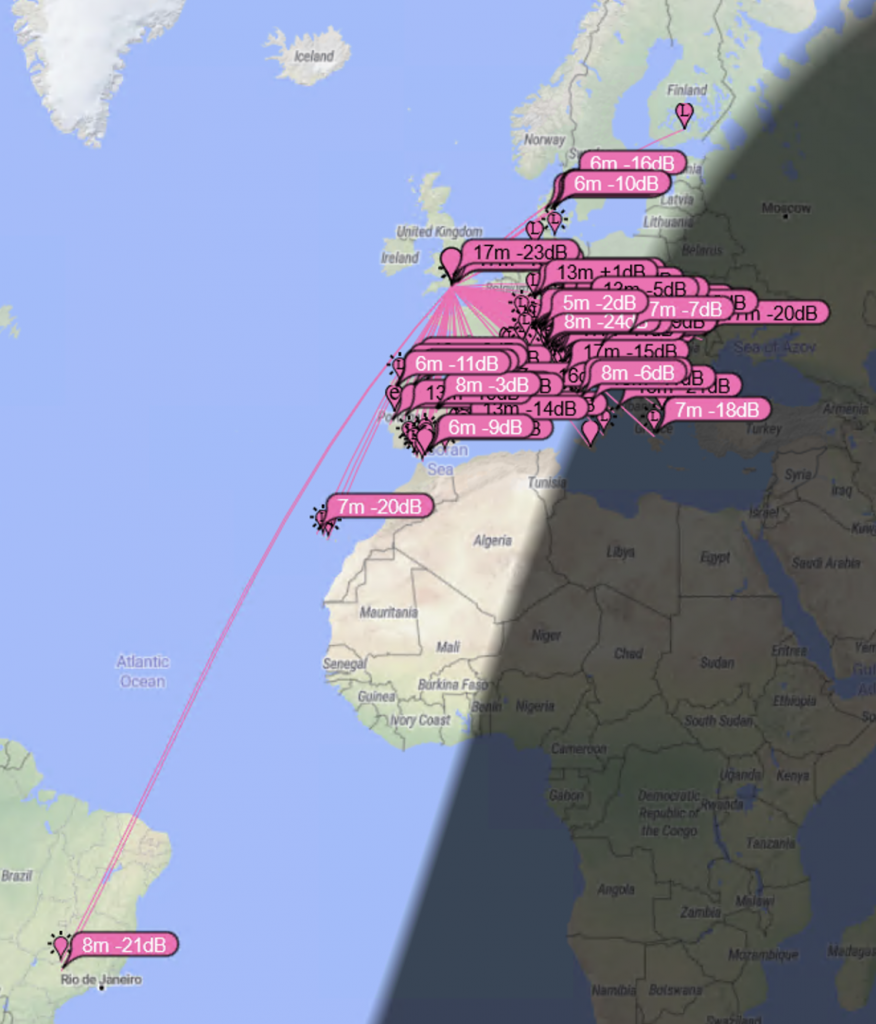
I started transmitting on what had now become a very noisy channel, with plenty of DX around Europe coming in very strong. My own signal from the Hustler 6BTV and 40 watts of power resulted in the QSO’s started to roll in, with little to no reties.

Grid Tracker really came into its own here, making logging to QRZ effortless so I was able to focus on QSO’s rather than uploading ADIF files. This resulted in 2 confirmed QSO’s almost immediately, with an impressive the furthest being 950 miles to IS0SLM in Dolianova.

Just as quickly the band and opened up, the conditions returned back to the regular behaviour for the E-layer, as seen in the 19:22 and 19:39 signal spectrum from WSJTX.

By 20:30 I could still be heard but the 6BTV, a vertical and with that being non-directional, wasn’t pulling in the weaker signals for a QSO to be completed.

My reception reports via Pskreporter showed a big difference. I’d be interested to know if this was a phenomenon of the grey-line as the sun set or just the charge in the E-layer collapsing and limiting propagation again.

I was still really happy in this ‘short’ time to get so many FT8 QSO’s via 10m. It really is a fascinating band, and one I will do more research with as I continue to improve the performance of the 6BTV and also work 6m with my Yagi antenna
The great thing of having a WebSDR is the ability to monitor a huge amount of the HF spectrum visibly.

Seeing a sudden surge of red comms in the KiwiSDR, I then set about transmitting WSPR packets. And sure enough, I was reaching Italy with 5W on 10M !
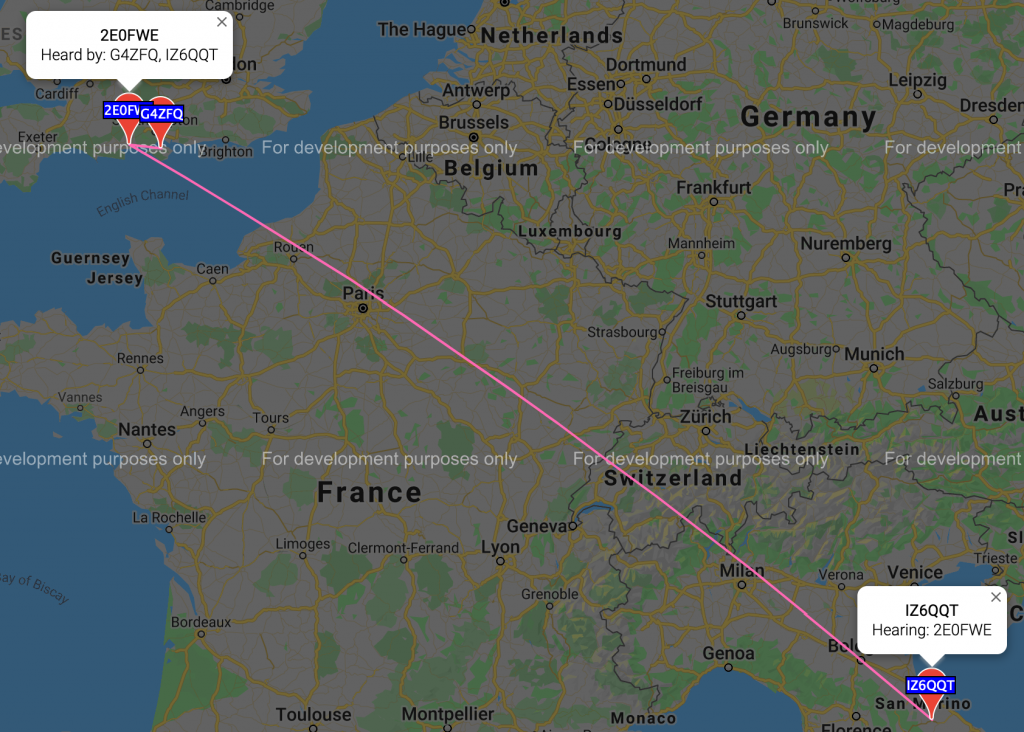
I still have my 2M/70cm and 6M beam to complete, but this really motivates me to get that done sooner rather than later, I hope the ‘skip’ season is around for a while, but it wont for me thats for sure !
In the mean time, here is an excellent video from Oxford Shortwave Youtube channel, demonstrating the reach he has on his 2m antenna, something I’d reallly like to do with FT8 as well !
Just a quick one really ! I’ve got an AlexLoop here, and cant wait to try it out.
I saw this excellent video from Waters and Staton
I was just wow, got to have one, but the price, eek, thats scary, but look at the performance in video i was conviinced this is the right portalable/QRP antenna for me. Ironically W&S didnt have any in stock (step in Nevada) who did, and wow, it was here quick !
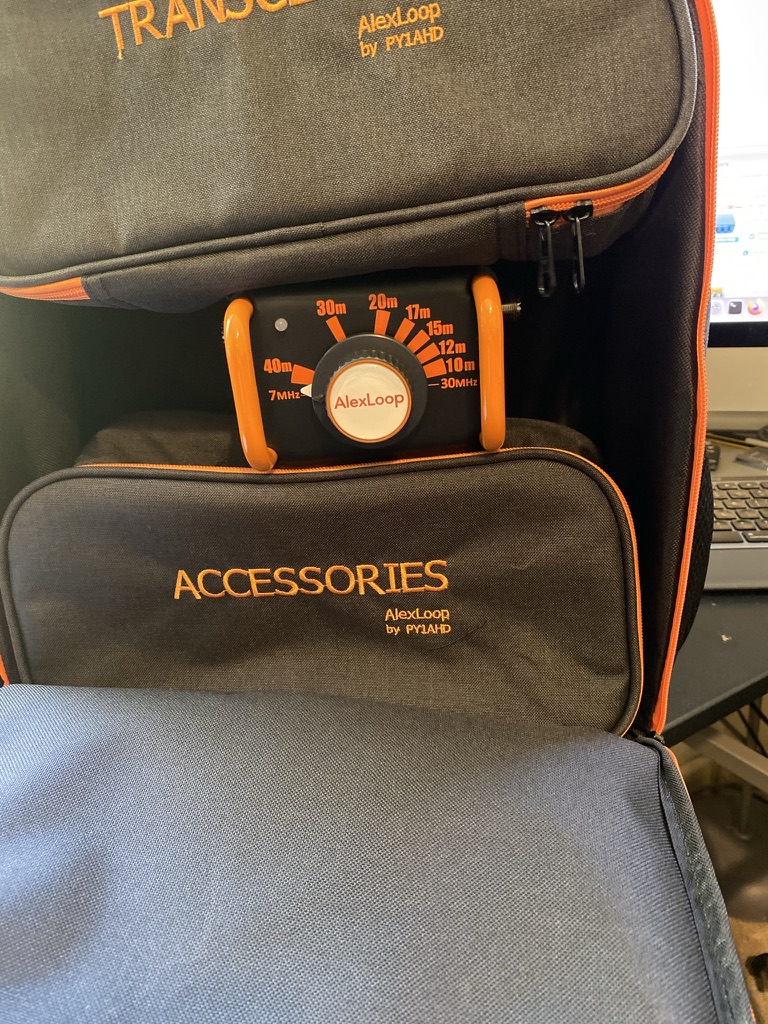
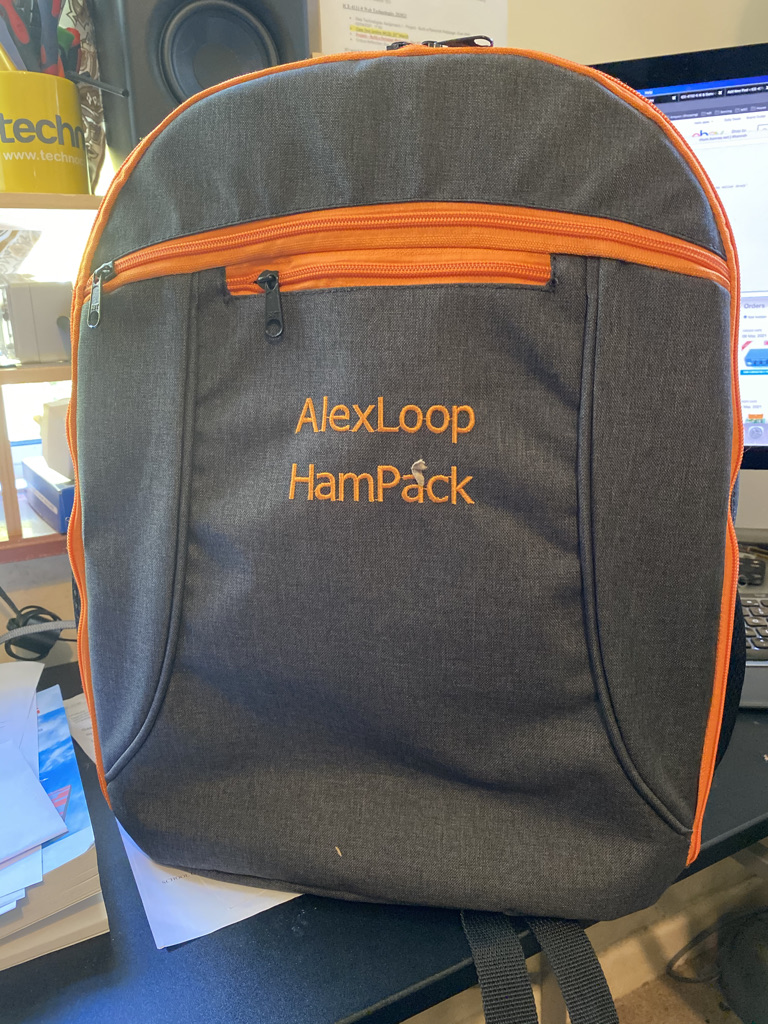
The eagle eyed of you would see a number of books on my desk as I’m currently very busy with my AI&Game Design module of my MSc, i’m hoping that I will get enough time to have a play with it over the weekend. I’m super excited thats for sure !
So my last post on tidying the shack i had the radios in place where I thought I’d might like them, but of course I’ve made some changes as the tidying progresses !

I’m more than likely going to put a small adjustable shelf above the TS690S/FT659 and 2200H to allow for the other components that are used in connecting them.
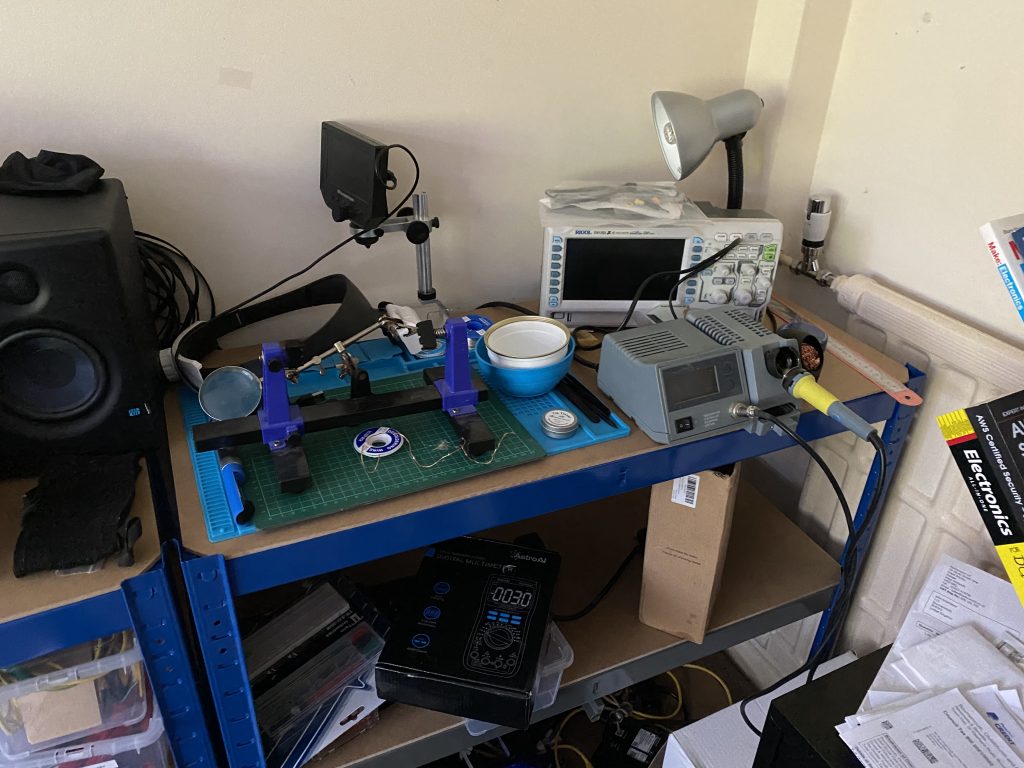
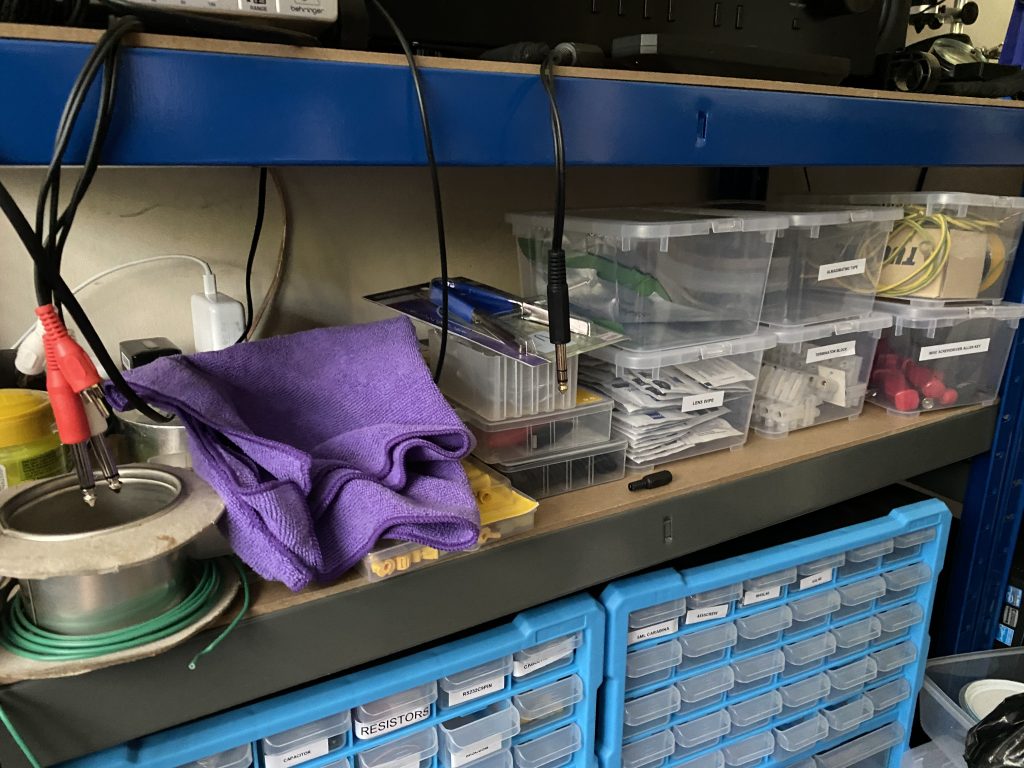
I’ve got the build and electrical test desk with the require microscope and oscilloscope setup. I’ve not got any kits to build at the moment, but I’m glad ive got a decent area to build and test in now. Getting things sorted and into boxes/labelling really takes the most time, but worth it once done, and plenty of capacity. I’ve kept the left side for ‘components’ and the right storage box for ‘hardware’ like screws/tools,etc.
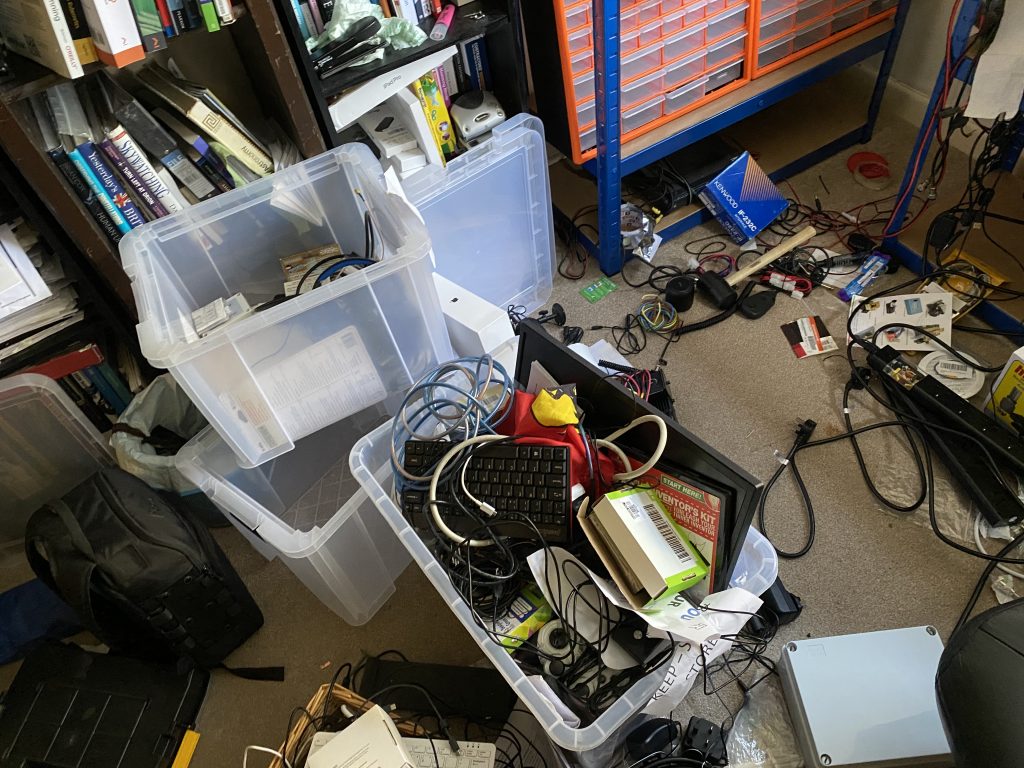
I’ve still got my HF boxes/shelves to go thru and sorting thru the larger container boxes, but slowly the shack is getting better in being tidier and managable. Once everything is in place I’ll be using velcro to tidy the cables up. Next is to get the audio sorted with filter/amp and speakers back in place.
Having made some progress on tidying the shack, I started to place the radios in their respective positions. One item I have had for a while, but not fitted, is the Piexx FTS-8px, so took the opputinty rather than leaving it out, to have it in ready for when connecting the antennnas back up.
The instructions are clear and easy to follow, only requiring a cross-headed screwdriver to get the case off. I had done some work already and removed the resistor which occupied the CTCSS socket.
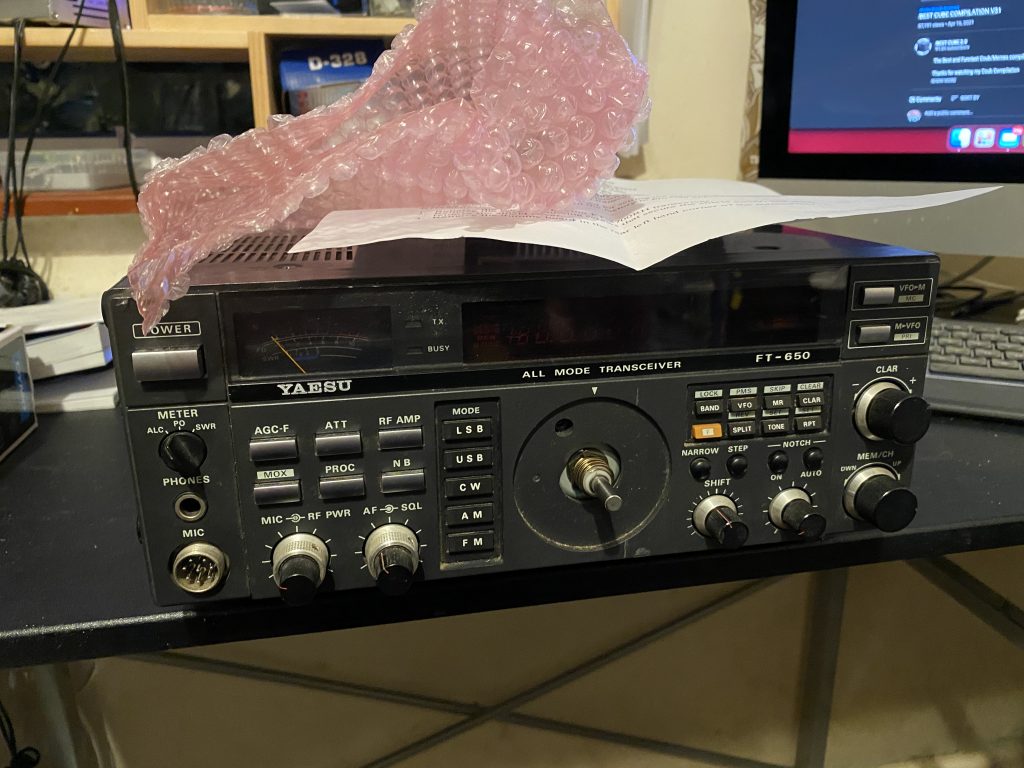
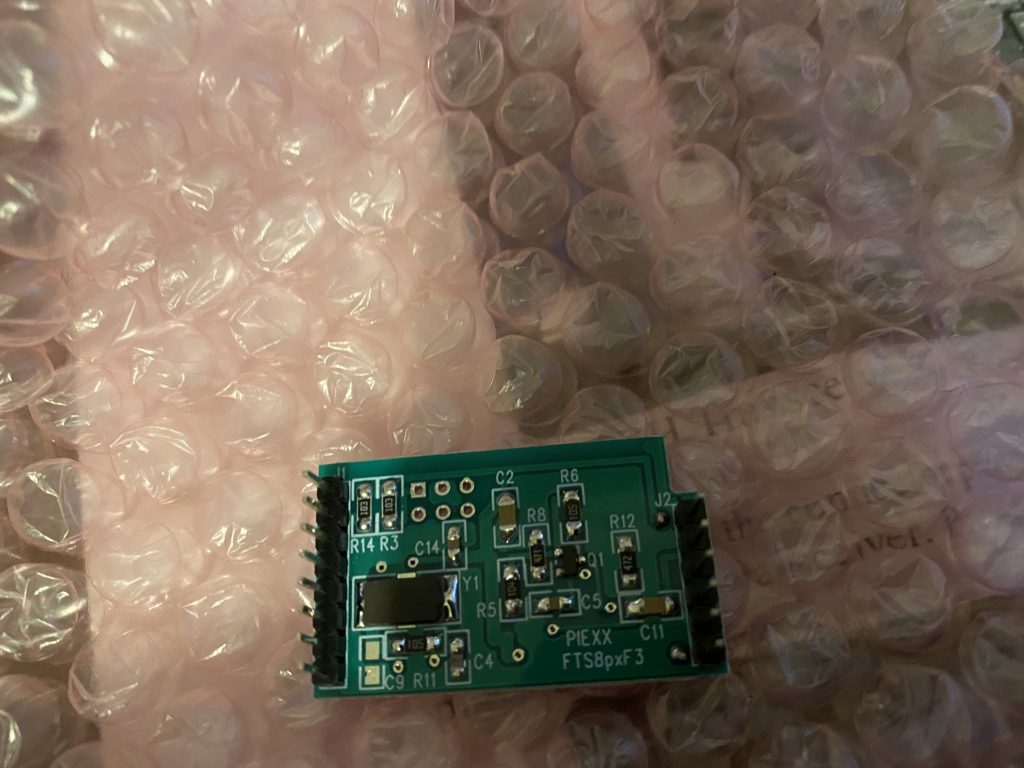
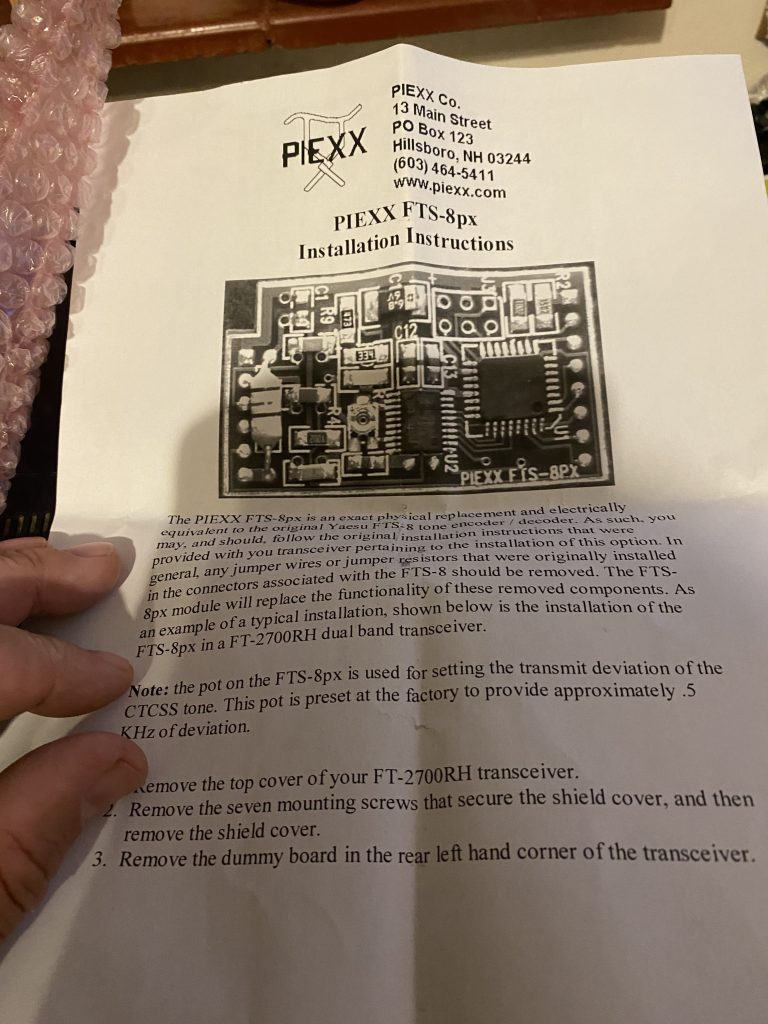
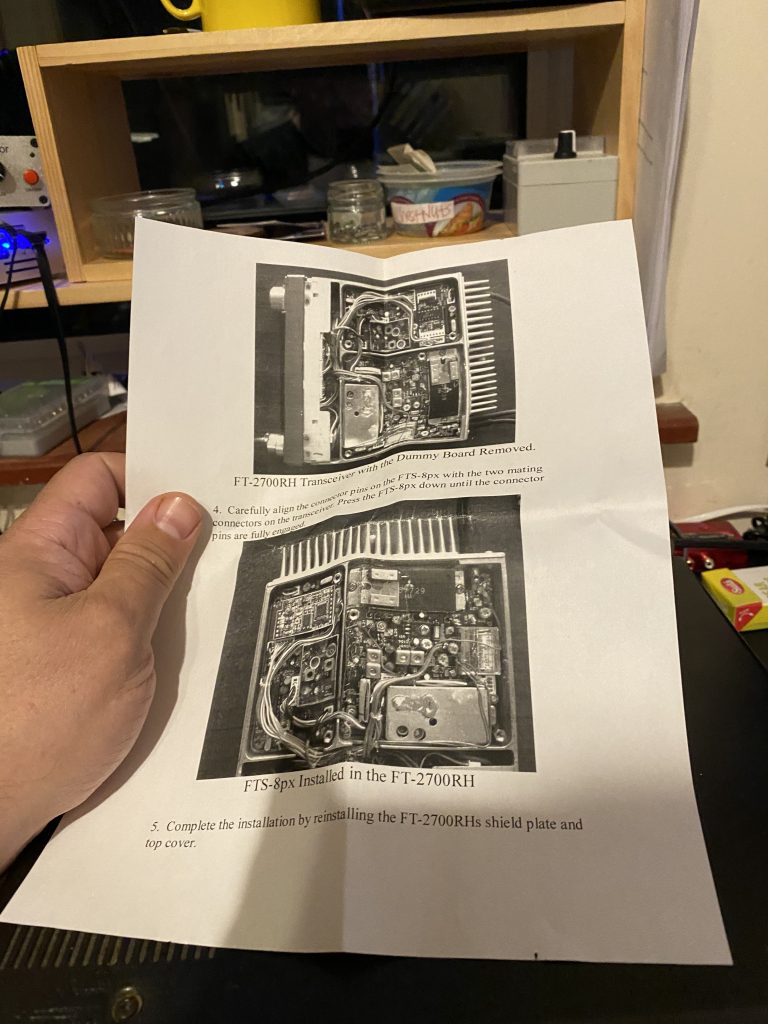
Getting the board out took a bit of leverage with a small flat-bladed screwdriver, but came out easy enough. This was a very well put together radio with serviceability in mind.

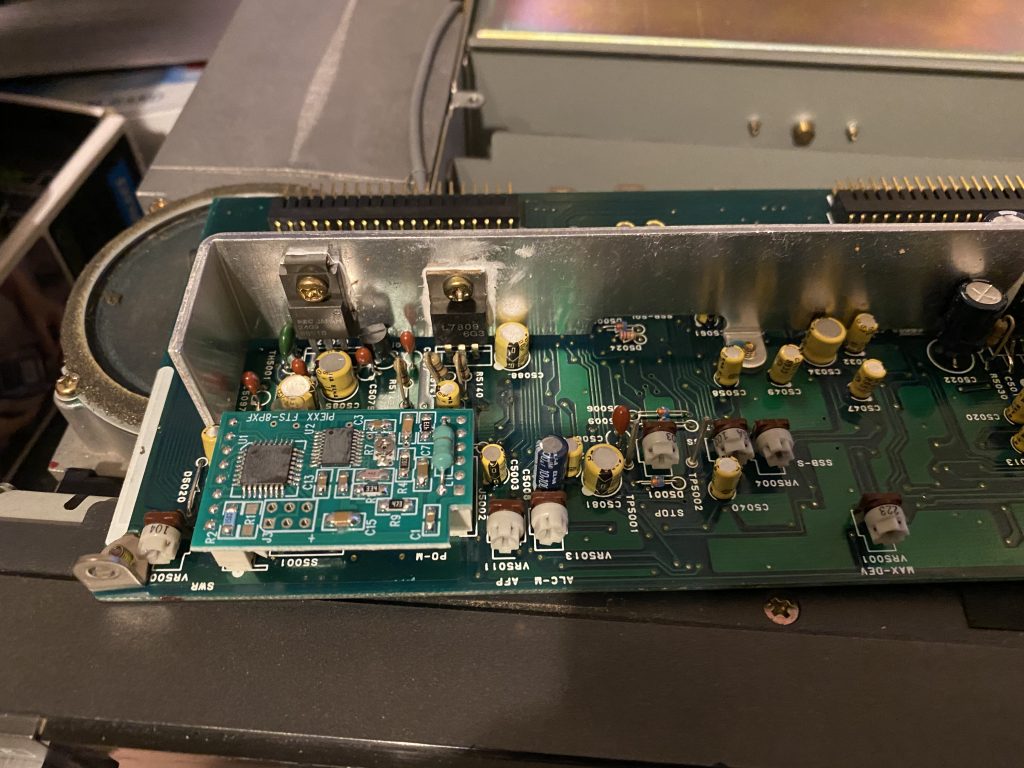
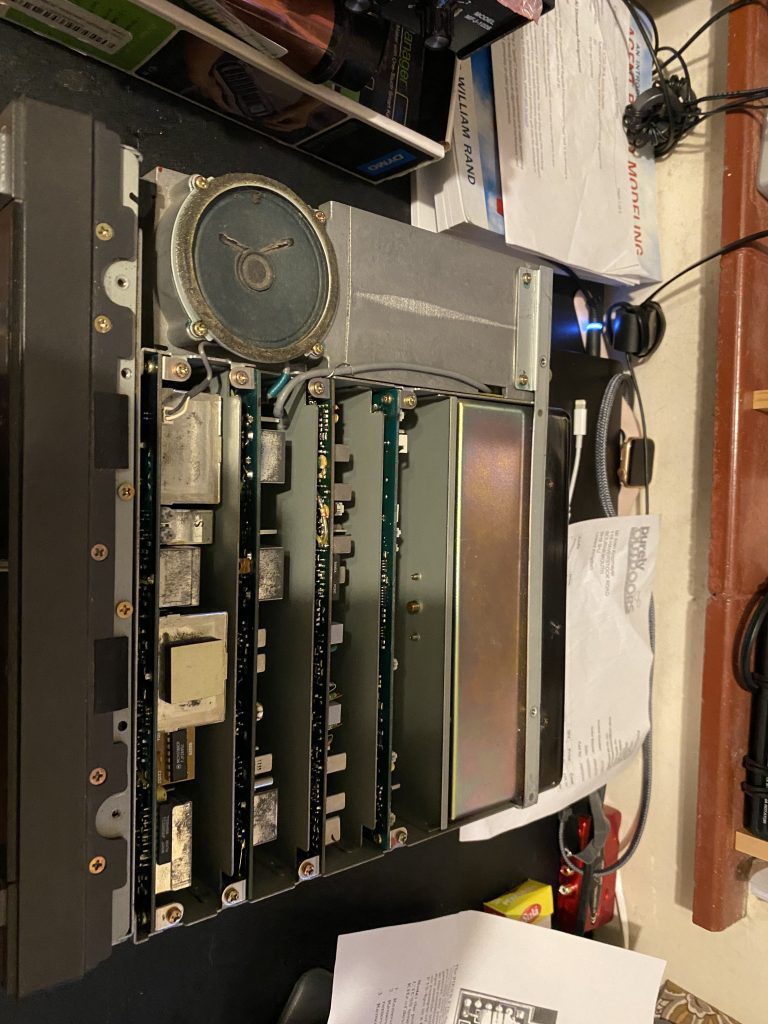
I took a look around the board and look into the Yaeseu everything still looks really good all this years on.
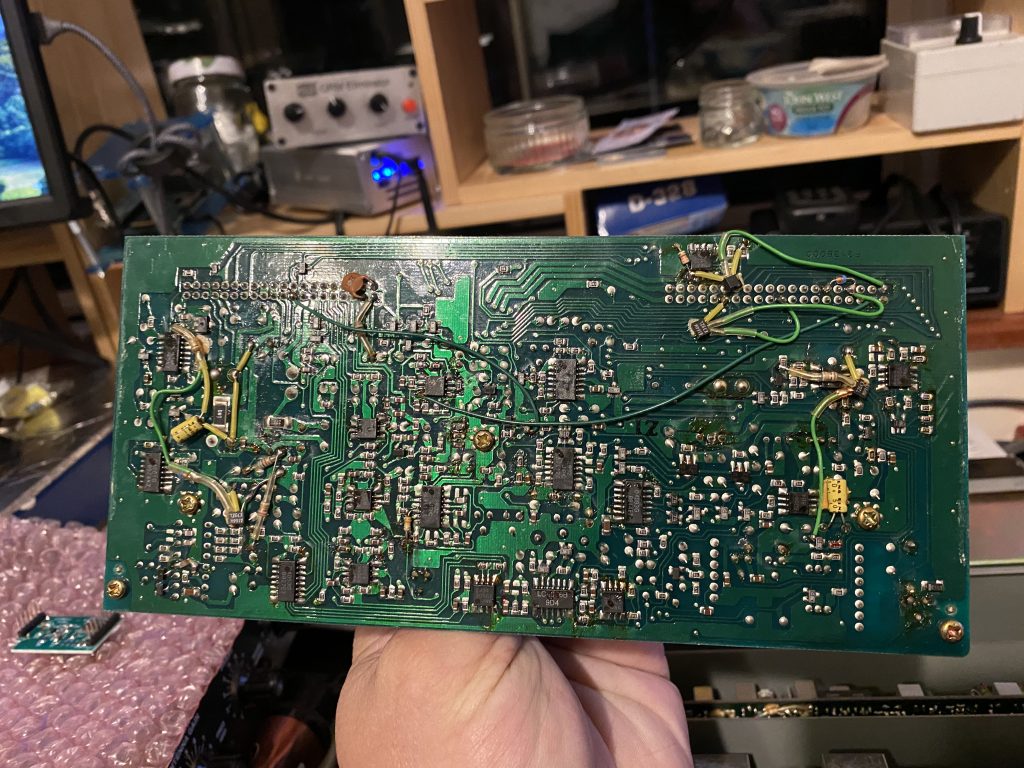
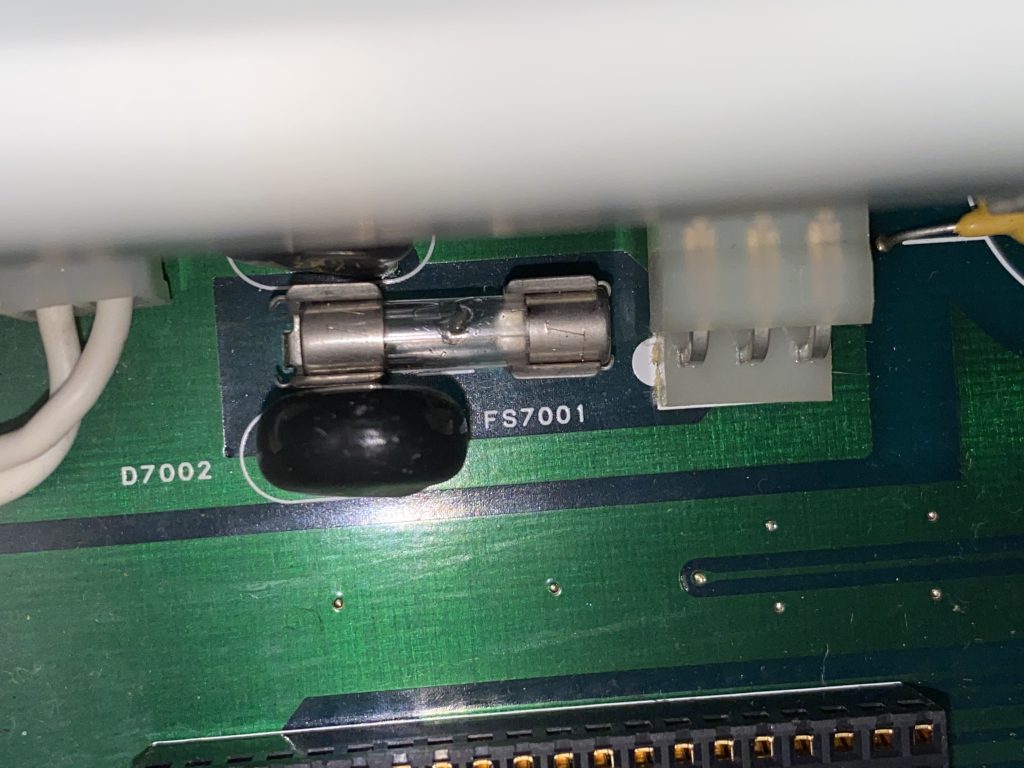
One my Yagi is reconnected it will be a case of monitoring the 6m band to ‘come alive’ and see what, if any, repeaters I can hit. The nearest one i can see is in Bristol. some 46.96 nautical miles away.. we shall see, 6m has the reputation fo being the ‘magic band’ and its a case of being equipped ot make the most of it !
Until next time 73 and stay safe !
Alan / 2E0FWE
Having enjoyed a nice drive down to Poole Harbour after work I tuned around after a day of WSPR activity on the 7300. Results showed that the bands where pretty closed from the QTH, so I wasnt expecting alot of contacts.
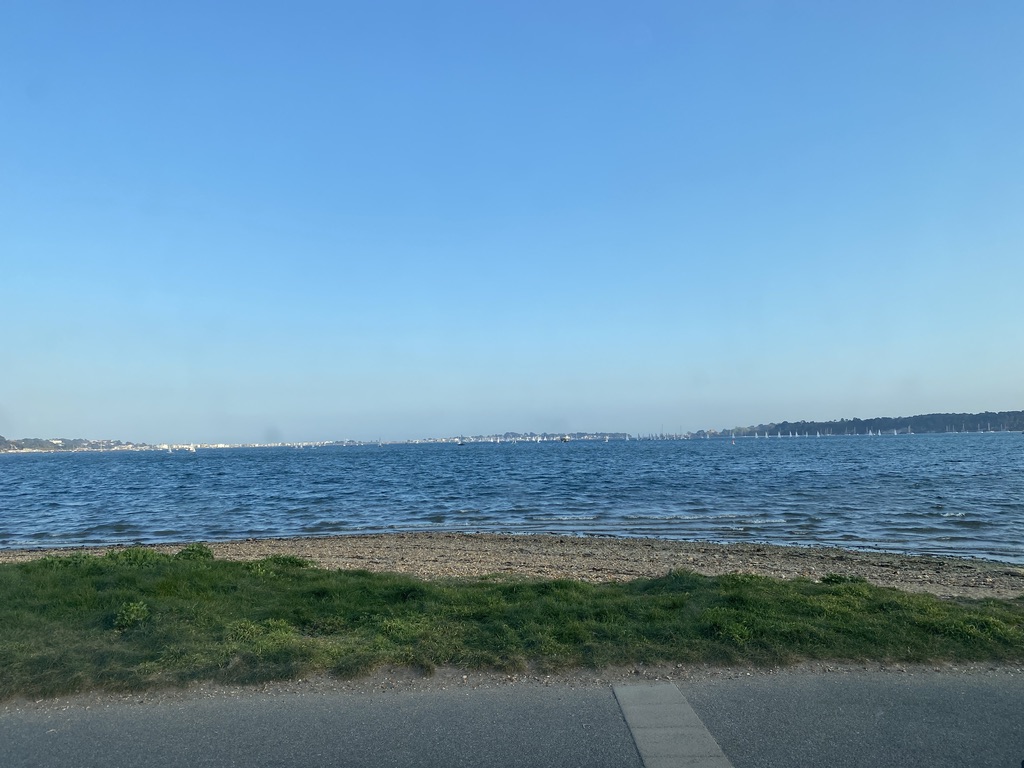
I was tuning thru some of the programmed memorys in the 7300 to see if there was any activity, but it waws all quite, but then on 10m (28Mhz) a sudden group of very clear conversation, and interesting as well.
I listened in for around 30 minutes as the group discussed upcoming holidays and mobile operating along with the setups to be taken, a very interesting topic as its something I would like to do myself. It was great to hear other operators discuss band conditions as welll.
Having built up enough courage I waited for a gap to get part of my call sign in “2E0” I got out as quickly as I could as not to interrupt the flow. Thankfully on my 2nd attempt I was picked up and introduced to a friendly group of local operators, the furthest being Blandford and exceptionally clear. It was geat to hear that my setup was equally clear and we continued to discuss my Hustler setup. I was also informed of another ‘net’ on 10M lower down the bands, which I then went onto monitor, waited for an opputnity to introduce myself, and then made some contacts. Operating hear was much harder with interference and conditions making the signal barely audiable.
I did put both locations in my 7300’s memory for next Wednesday evening and it was great to have a decent QSO with local, friendly operators, furthermore it was great to see how well the hustler was doing in difficult conditions.
I will be doing further work on the 6BTV hopefully this weekend and puting the feedline underground having ordered 10ms of Extraflex bury so it can go safely underground.
Until next time, 73 !
Alan / 2E0FWE
Hi All,
I have sadly had to disable comments from my site as maintaining the legit ones from the spam ones had become alot of work. If you see something on my site youd like to comment and for me to post into a page, please email me at alan (at) knipmeyer (dot) co (dot) uk replacing textual descriptions of symbols for words.
Thank you,
Alan
Good day all ! Making this a quick one as its interspersed with Univserity Assignments and Tidying the shack !
So I have made good progress on building racking and getting things ‘generally in place’ around the shack, its still a right old mess i dont mind saying, but its getting there, and better than it ever was with the old tables.
I had some valuable input from a fellow HAM on my WebSDR that the VDSL interference was plain to see, so after a few years away from Virgin Media, I’m resuming my Internet access from Virgin, once that is in place and all my ‘essentials’ proven to work, I’ll discontinue my IP/VDSL link, hopefully that will reduce the QRM.
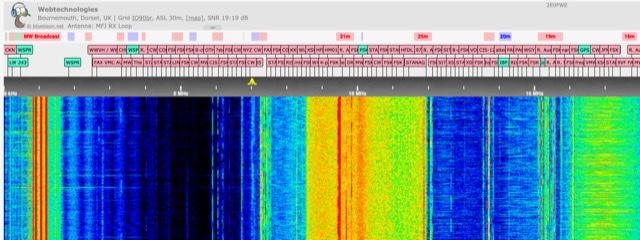
I did have a chance to play with the IC705 in the garden this weekend, but results on the portable antennas were slightly disappointing.
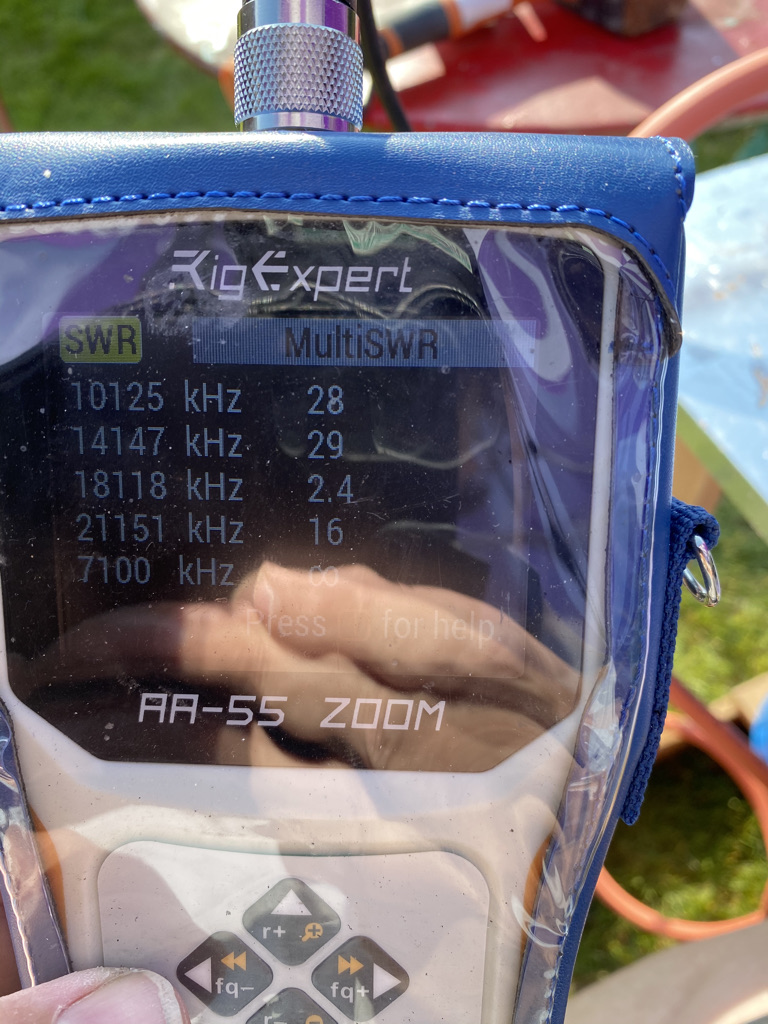
I did put on a measured radial for 40m but the nearest resonate frequence was a massive 3kHz away ! If the weather holds up, i’ll try out my buddipole, as for temporary use its worked pretty well, whats more i can configure it for VHF/UHF as well by constructing a JPole, so it might be the best antenna for the IC705 without an additonal outlay on more antennas.
I’m going to be quite busy with a couple more Univeristy Assignments and work-work, but will do my best to keep the blog going !
Until next time, stay safe, 73 !
Alan / 2E0FWE